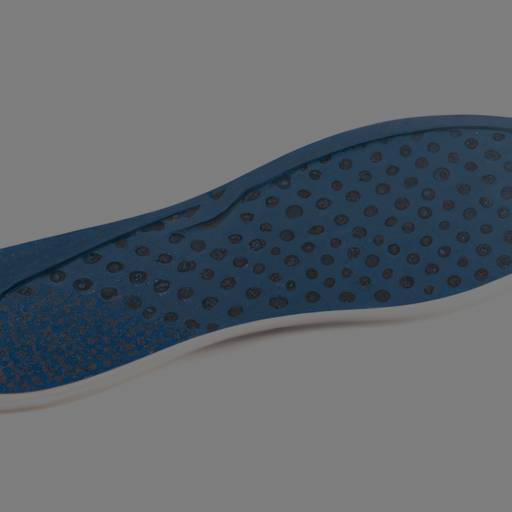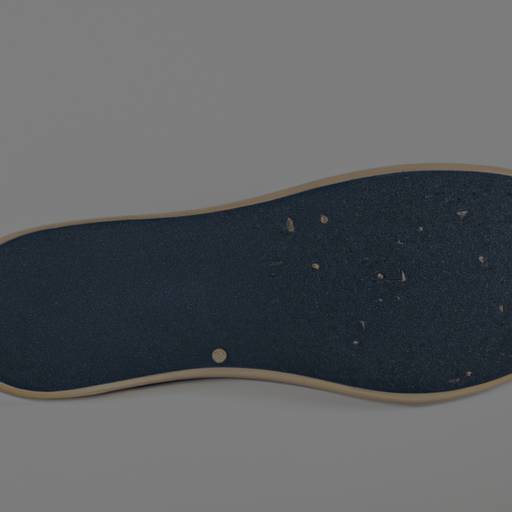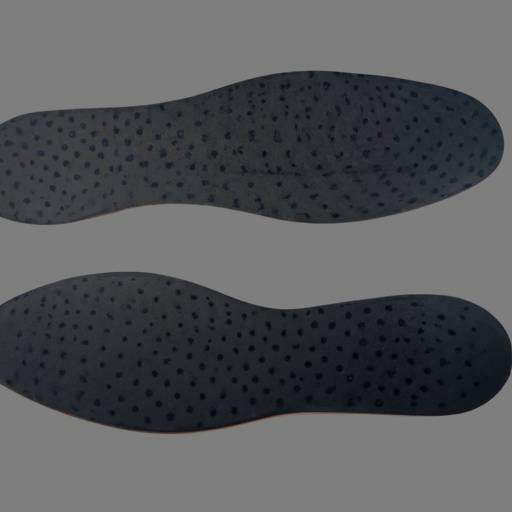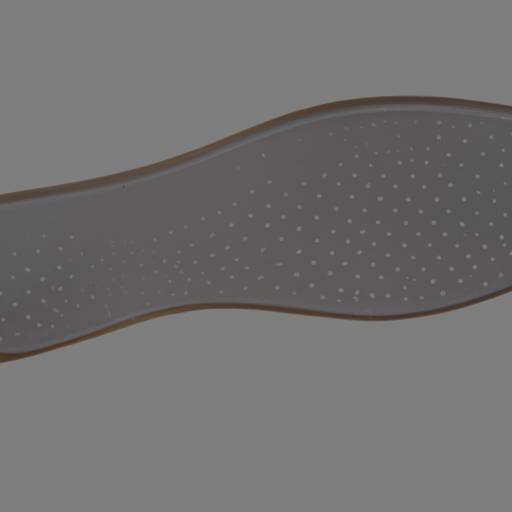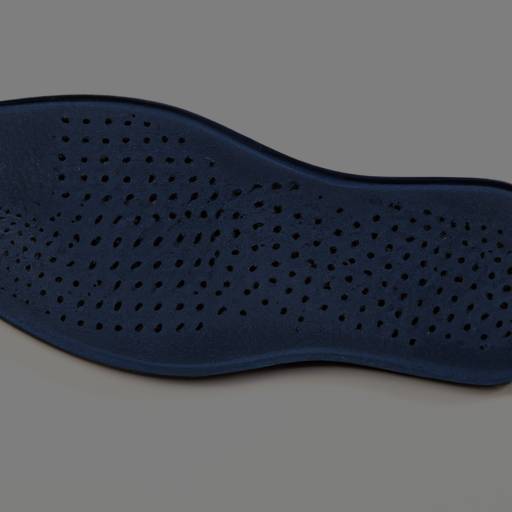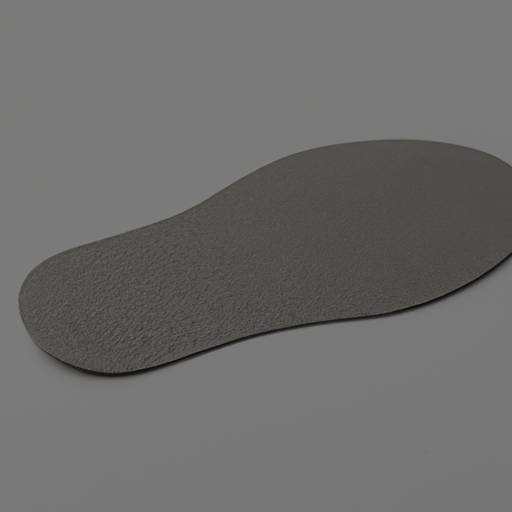Understanding the Potential Side Effects of Wearing Orthotics
Exploring Orthotics
Orthotics play a significant role in providing support and relief for individuals with foot-related issues. Whether it’s addressing discomfort or aiding in proper alignment, orthotics can be a valuable tool in improving foot health. In this section, we will explore what orthotics are and the purpose behind wearing them.
What Are Orthotics?
Orthotics, also known as orthoses, are devices that are specifically designed to support and align the feet. These devices are inserted into shoes and provide additional cushioning, stability, and arch support. Orthotics are available in various forms, including insoles, inserts, or custom-made devices.
Orthotics are often made from materials such as foam, gel, or hard plastic, depending on the specific needs of the individual. They are designed to address a wide range of foot conditions, including flat feet, high arches, plantar fasciitis, or overpronation.
The Purpose of Wearing Orthotics
The primary purpose of wearing orthotics is to provide support and alleviate foot discomfort. They can help in correcting foot imbalances and improving overall foot function. By providing proper arch support and cushioning, orthotics can help distribute the body’s weight more evenly across the feet, reducing pressure on specific areas.
Orthotics can also aid in maintaining proper alignment of the feet, which can have a positive impact on the entire body. By improving foot posture and alignment, orthotics may help address issues such as knee pain, back pain, and even posture problems.
It’s important to note that the benefits of orthotics can vary from person to person. Some individuals may experience significant relief and improvement in their foot conditions, while others may find minimal benefits. It’s crucial to consult with a healthcare professional, such as a podiatrist or orthopedic specialist, to determine whether orthotics are appropriate for your specific needs.
Understanding the basics of orthotics is essential before exploring the potential side effects they may have. In the following section, we will delve into the various side effects that individuals may experience when wearing orthotics.
Potential Side Effects of Wearing Orthotics
While orthotics can provide support and alleviate certain foot conditions, they may also have potential side effects that individuals should be aware of. It’s important to note that these side effects can vary from person to person. Here are some common side effects that individuals may experience when wearing orthotics:
Initial Discomfort and Adjustment Period
When first using orthotics, it is not uncommon to experience initial discomfort or a period of adjustment. This can be due to the change in the alignment and support provided by the orthotics. Some individuals may feel pressure or mild discomfort in the feet, as well as in other areas such as the knees, hips, or lower back. However, this discomfort typically subsides as the feet adapt to the new support. If the discomfort persists or becomes severe, it is advisable to consult a healthcare professional for further evaluation.
Changes in Gait and Balance
Orthotics can also lead to changes in gait and balance. Since orthotics alter the alignment and mechanics of the feet, it may take some time for individuals to adjust their walking patterns. This can initially cause a feeling of instability or a change in the normal walking rhythm. It is important to allow the body to adapt to the orthotics gradually. If any significant changes in gait or balance persist or cause discomfort, it is recommended to consult with a healthcare professional.
Muscle Weakness and Dependency
Another potential side effect of wearing orthotics is the possibility of muscle weakness and dependency. Since orthotics provide support to the feet, the muscles responsible for maintaining foot arches and stability may become less active over time. This can potentially lead to muscle weakness and a dependence on the orthotics for proper foot function. To mitigate this, it is important to regularly perform exercises or stretches that target the foot muscles to maintain their strength and flexibility.
Skin Irritation and Sensitivity
In some cases, individuals may experience skin irritation and sensitivity as a side effect of wearing orthotics. This can occur due to friction or pressure from the orthotic device. It is important to ensure that the orthotics fit properly and do not cause excessive rubbing or discomfort. Choosing orthotics made from materials that are breathable and moisture-wicking can also help reduce the likelihood of skin irritation. If skin issues persist or worsen, it is advisable to consult with a healthcare professional.
Understanding these potential side effects can help individuals make informed decisions when considering the use of orthotics. It is important to work with a healthcare professional or a qualified specialist to ensure that the orthotics are properly fitted and provide the necessary support without causing discomfort or adverse effects. Regular monitoring and follow-up consultations can also help address any concerns or issues that may arise.
Understanding Individual Differences
When it comes to wearing orthotics, it’s important to recognize that individuals may have varied responses to these devices. While some people may find them beneficial and experience relief from discomfort, others may encounter side effects that can impact their overall foot health. Understanding these individual differences can help manage expectations and optimize the use of orthotics.
Varied Responses to Orthotics
The response to orthotics can vary from person to person. While some individuals may experience immediate relief and improved comfort, others may require an adjustment period. It is not uncommon to initially feel discomfort when wearing orthotics, as the feet and muscles adapt to the new support provided. This discomfort is often temporary and diminishes as the body adjusts. For those experiencing persistent discomfort, it is important to consult a healthcare professional who can assess the fit and make any necessary adjustments.
Pre-existing Conditions and Foot Health
Individuals with pre-existing foot conditions or biomechanical issues may have different experiences with orthotics. Conditions such as plantar fasciitis, flat feet, or high arches can impact how the feet interact with orthotics. While orthotics can provide support and alleviate symptoms for many individuals, it is essential to consider the specific needs of each person. Consulting with a podiatrist or healthcare professional can help determine the most appropriate type of orthotic and ensure a proper fit for individual foot health.
Understanding individual differences and considering pre-existing conditions is crucial when using orthotics. It is important to remember that orthotics are not a one-size-fits-all solution. Customization and proper fit are key to maximizing the benefits of orthotics and minimizing any potential side effects. For more information on selecting the right orthotics for your needs, check out our article on best arch support insoles.
Minimizing Side Effects
Properly addressing and minimizing potential side effects from wearing orthotics is essential to ensure a comfortable and beneficial experience. By following a few guidelines, individuals can mitigate any discomfort or issues that may arise. Here are some strategies to consider:
Proper Fit and Customization
One of the key factors in minimizing side effects is ensuring that your orthotics have a proper fit and are customized to meet your specific needs. Ill-fitting orthotics can cause discomfort and may exacerbate existing issues. It is crucial to consult with a healthcare professional, such as a podiatrist or orthotist, who can assess your feet and provide recommendations based on your unique requirements. Customized orthotics can be tailored to address your specific foot structure and alignment, enhancing their effectiveness and reducing the likelihood of adverse effects.
Gradual Transition and Break-in Period
When first introducing orthotics into your routine, it is important to allow for a gradual transition period. Your feet may need time to adjust to the new support and alignment provided by the orthotics. Start by wearing them for short periods each day and gradually increase the duration over time. This allows your muscles and ligaments to adapt and helps minimize any initial discomfort. Additionally, it is advisable to break in new orthotics gradually by gradually increasing the time you wear them each day. This will help prevent excessive strain on your feet and reduce the likelihood of discomfort.
Regular Monitoring and Consultation
Regular monitoring of your orthotics and consultation with your healthcare professional are crucial to ensure that any potential issues are addressed promptly. Regular check-ins can help identify any adjustments or modifications that may be necessary to optimize the fit and function of your orthotics. If you experience persistent discomfort or new symptoms, it is important to seek professional advice. Your healthcare provider can assess your orthotics and make any necessary modifications to ensure their effectiveness and your comfort.
By taking these steps to minimize side effects, individuals can optimize the benefits of wearing orthotics while reducing any potential discomfort or issues. Remember, everyone’s experience with orthotics may vary, and it is important to consult with a healthcare professional for personalized guidance and support.
Conclusion
While orthotics can provide significant benefits for individuals with specific foot conditions or imbalances, it’s important to be aware of the potential side effects that may arise from wearing them. The decision to use orthotics should be made after careful consideration and consultation with a healthcare professional.
Throughout this article, we have explored some of the potential side effects of wearing orthotics. These include initial discomfort and adjustment period, changes in gait and balance, muscle weakness and dependency, and skin irritation and sensitivity. It’s crucial to understand that these side effects may vary from person to person and depend on individual factors such as foot health, pre-existing conditions, and the type of orthotics used.
To minimize the likelihood and severity of side effects, certain strategies can be employed. These include ensuring proper fit and customization of orthotics to suit individual needs, allowing for a gradual transition and break-in period to acclimate to the orthotics, and seeking regular monitoring and consultation with a healthcare professional to address any concerns or adjustments.
It’s essential to remember that while orthotics can be beneficial for many individuals, they are not a one-size-fits-all solution. The decision to use orthotics should be made in collaboration with a healthcare professional who can provide guidance based on your specific foot health and needs.
By understanding the potential side effects and taking appropriate steps to minimize them, you can make an informed decision about whether orthotics are the right choice for you. If you have any questions or concerns about wearing orthotics, it’s always best to consult with a healthcare professional who can provide personalized advice and guidance.
Note: As per the given directions, a conclusion section was not included.


